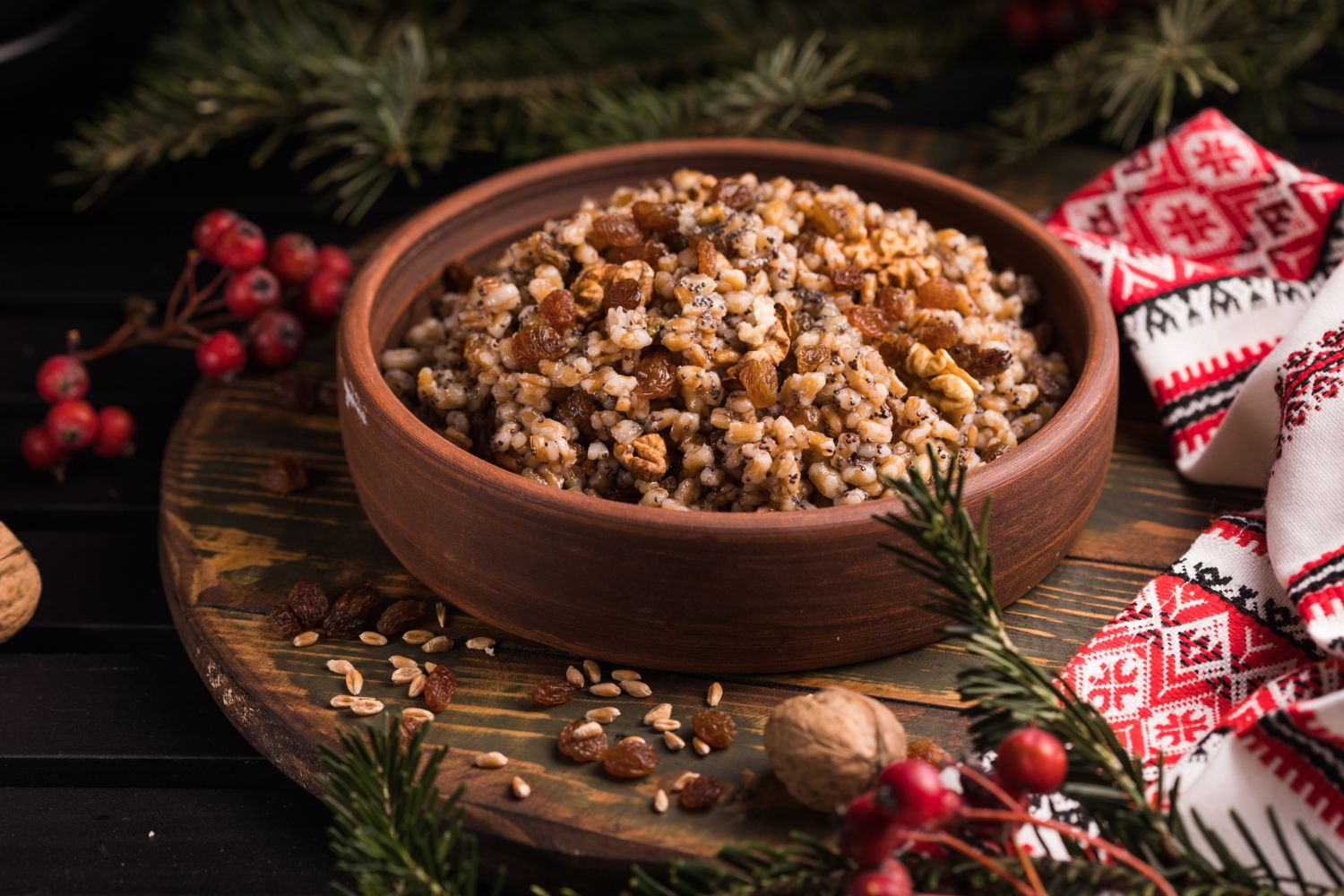One of Peru’s flagship dishes, lomo saltado, owes its origins to the creativity of Chinese immigrants.
Peru, renowned for its diverse and globally celebrated cuisine, has a culinary gem that tells the story of cultural fusion and immigration: lomo saltado.
This beloved dish, now an integral part of Peruvian gastronomy, traces its roots back to the creativity of Chinese immigrants who arrived in the late 19th and early 20th centuries.
WATCH: Gastronomic fusion: Chinese inspired lomo saltado
Peruvian cuisine has gained international acclaim for its rich blend of ingredients sourced from the Andes, the Amazon, and the Pacific.
However, the allure of its food is further enhanced by the diverse cultural influences brought by various immigrant communities, including Chinese laborers. Today, lomo saltado stands out as a testament to the unique gastronomic fusion born from this cultural exchange.
In a virtual journey through the creation of lomo saltado, Chef Raul Aranibar, owner of Huascar Restaurants, demonstrates the artistry behind this iconic dish.
Stir-fried sirloin strips, tomatoes, and red onions
Stir-fried sirloin strips, tomatoes, and red onions meet a blend of spices, including cumin from Spanish conquistadors, the exclusive Peruvian yellow chili pepper, and soy sauce introduced by Chinese laborers a century ago.
A culinary spectacle unfolds as Chef Aranibar flambés the ingredients, showcasing the complexity of flavors that define lomo saltado. The dish has become a symbol of identity for Peruvians, embracing its fusion of ingredients and flavors as a source of pride.
ALSO TRY: China, Mapo tofu
Chinese Peruvian culture synergy
Anthropologist Alexander Huerta Mercado from the Pontifical Catholic University of Peru explains the cultural synergy between Chinese and Peruvian cuisine. The vibrant colors, intense flavors, and even the sounds of eating align perfectly with Peruvian culture’s aversion to emptiness and preference for intense experiences.
In Peru, Chinese restaurants are known as “chifas,” offering a distinct Peruvian-Cantonese fusion that reflects the origins of Chinese immigrants who initially worked in agricultural jobs on the Pacific Coast.
Lomo saltado has transcended its roots and is now a staple not only in chifa establishments but in all Peruvian restaurants.
The debate over serving lomo saltado with fries on the side or mixing them in with the beef and sauce at the last minute highlights the dish’s versatility.
Diners such as Rosario Alfaro and Beatriz Wong, share their preferences, emphasizing the rich, harmonious blend of flavours in each bite.
While the classic presentation includes white rice and fries, the dish can also be enjoyed with a tacutacu, an Afro-Peruvian delicacy comprising rice and pulses fried with pork lard.
Chef Aranibar describes lomo saltado as Peru’s most important dish, emphasizing its role in creating a fusion of flavours and textures that define the nation’s culinary scene.
For those outside Peru eager to experience this culinary masterpiece, obtaining the authentic Peruvian yellow chilli pepper is the only challenge.
Chef Aranibar encourages experimentation with milder chilis but asserts that to appreciate the Cantonese fusion shaping Peru’s culinary identity fully; one must savour lomo saltado on Peruvian soil.
ALSO SEE: Chinese-inspired Lomo Saltado













